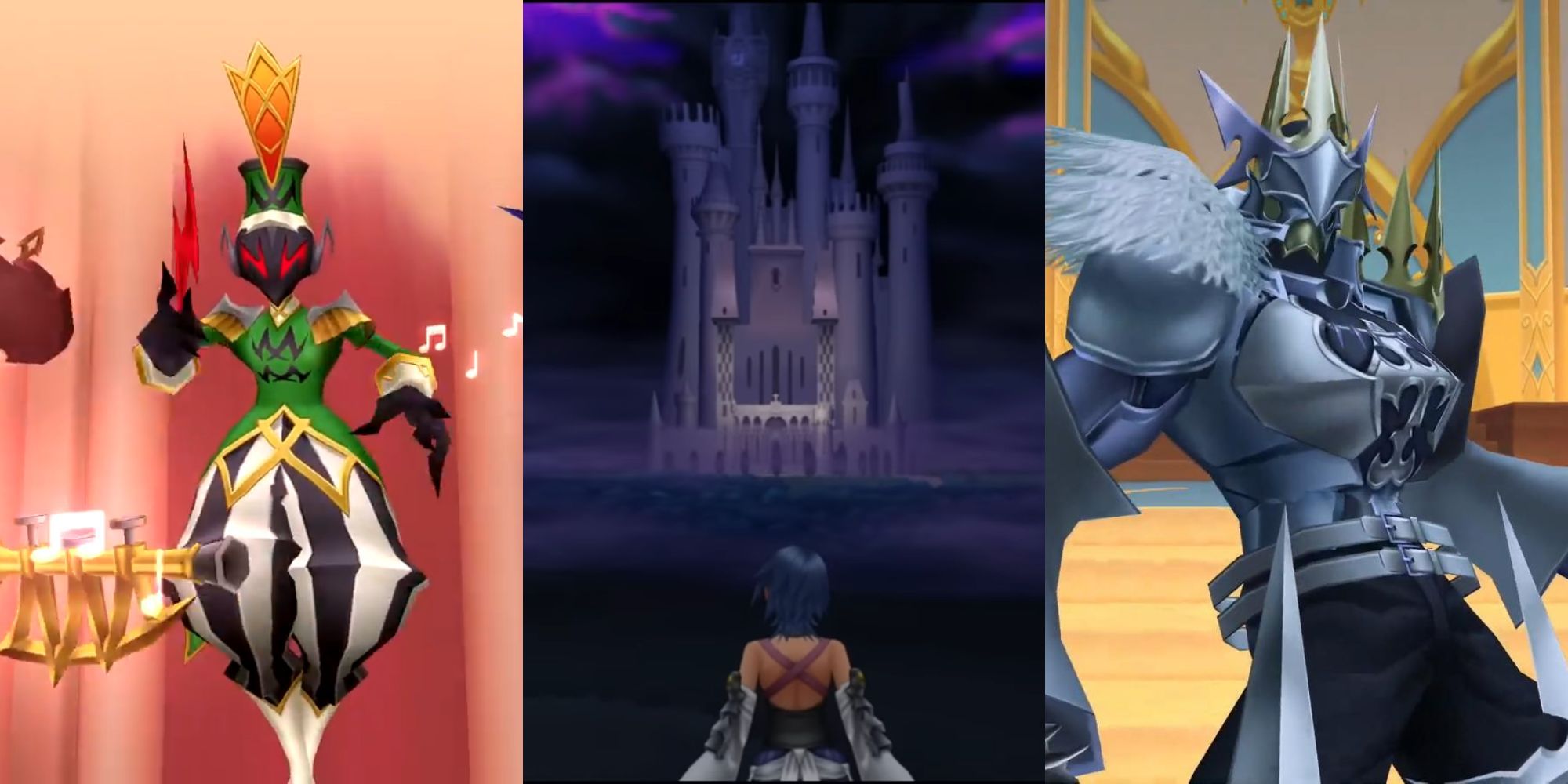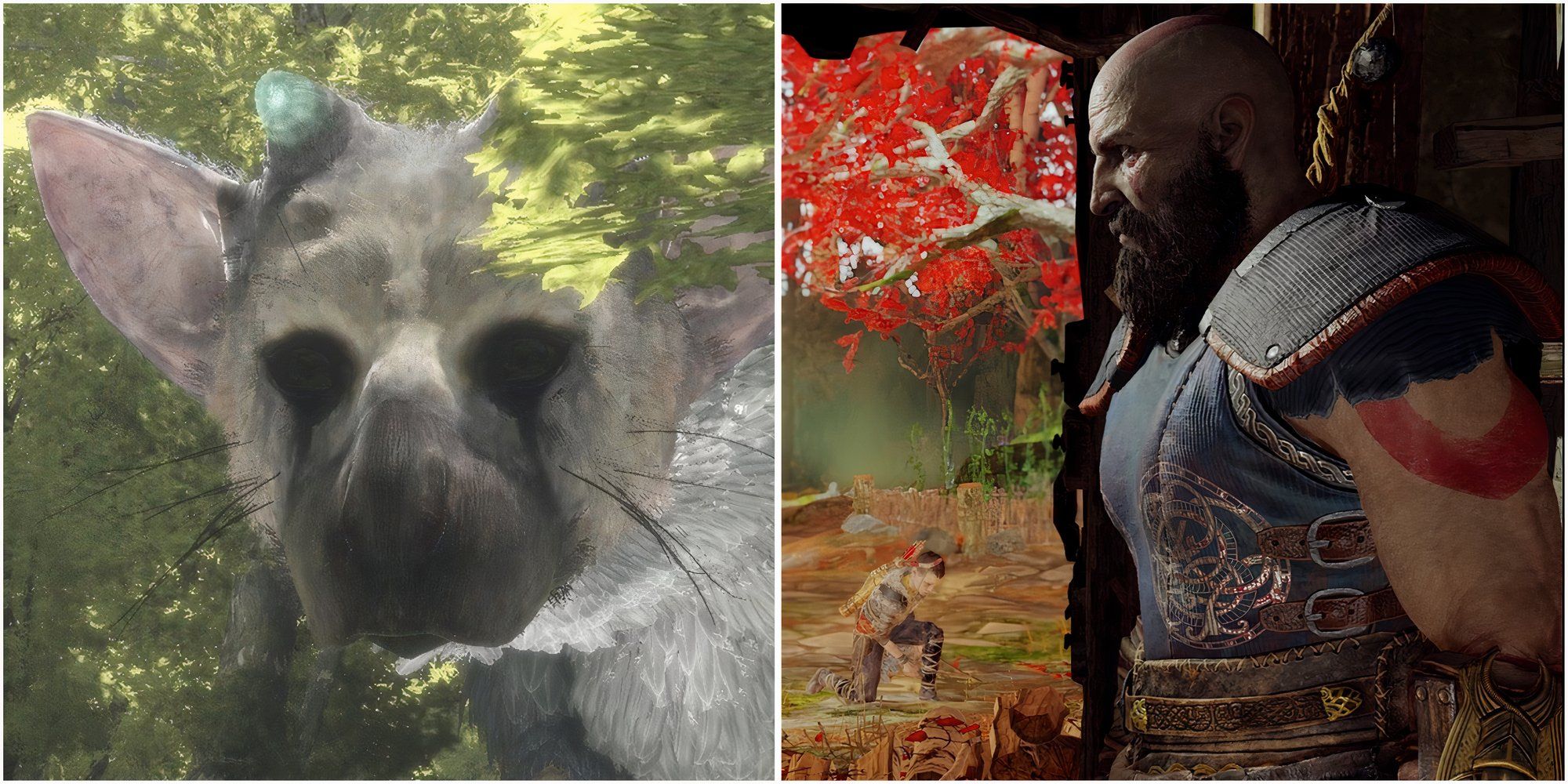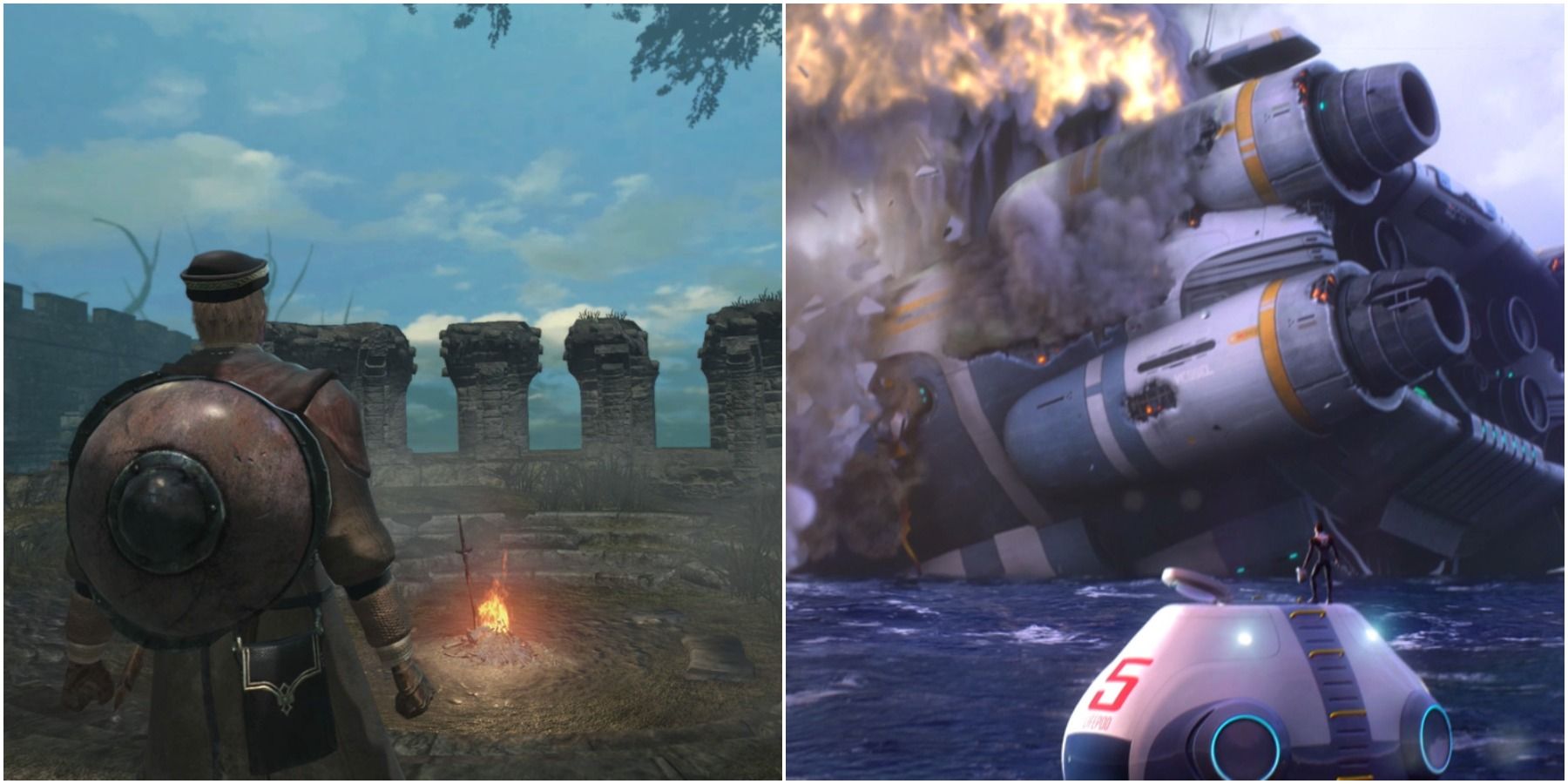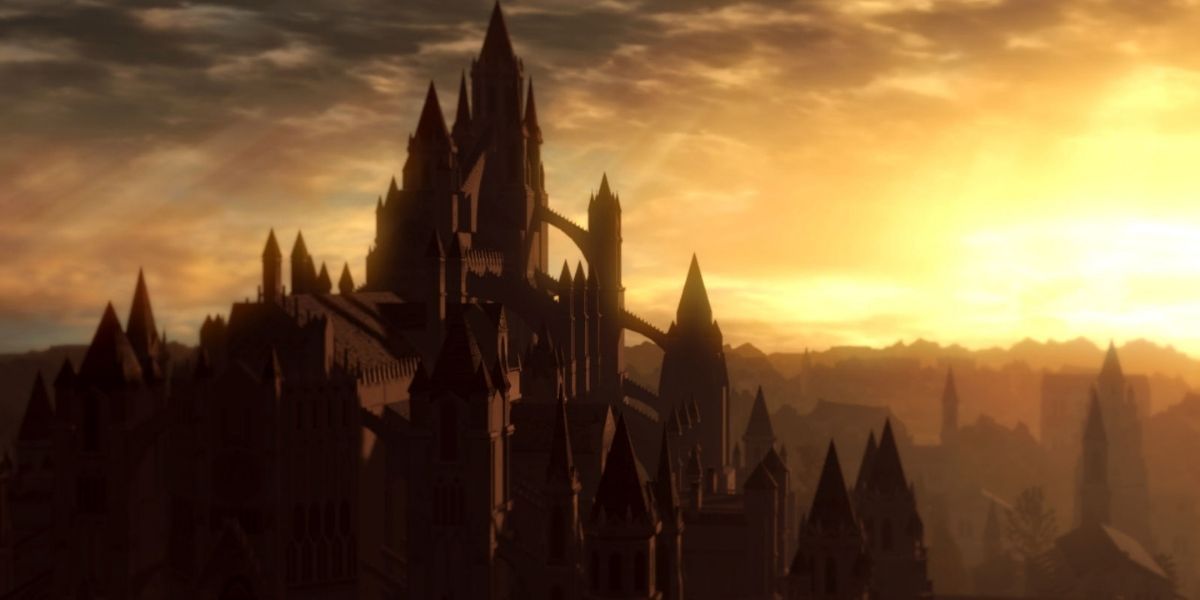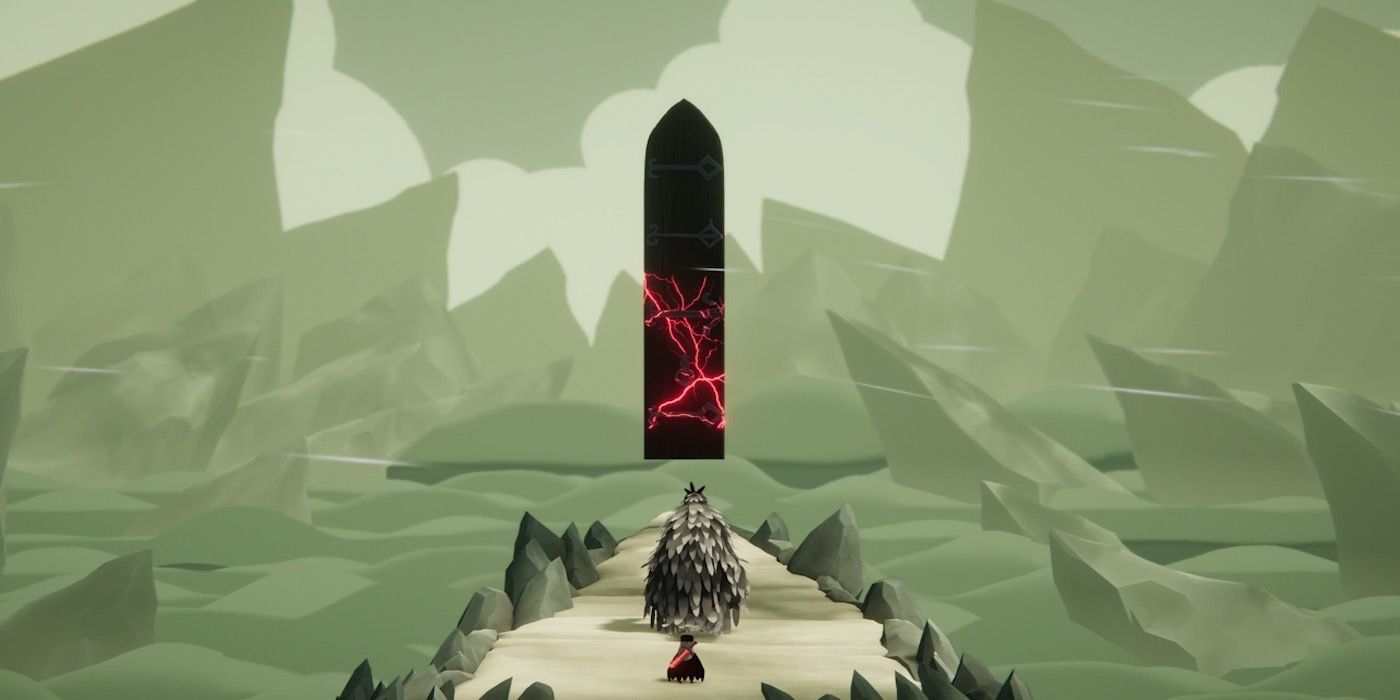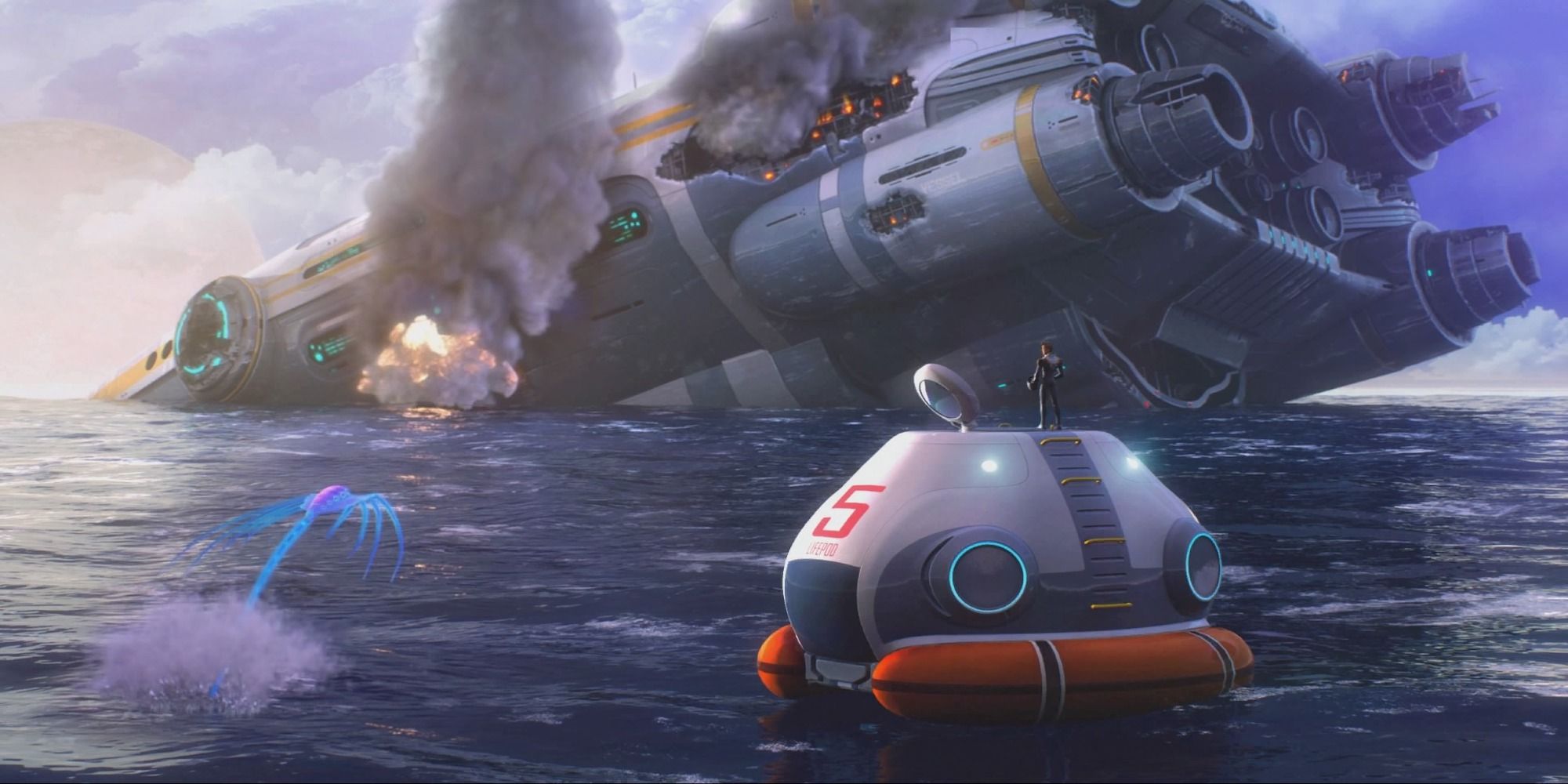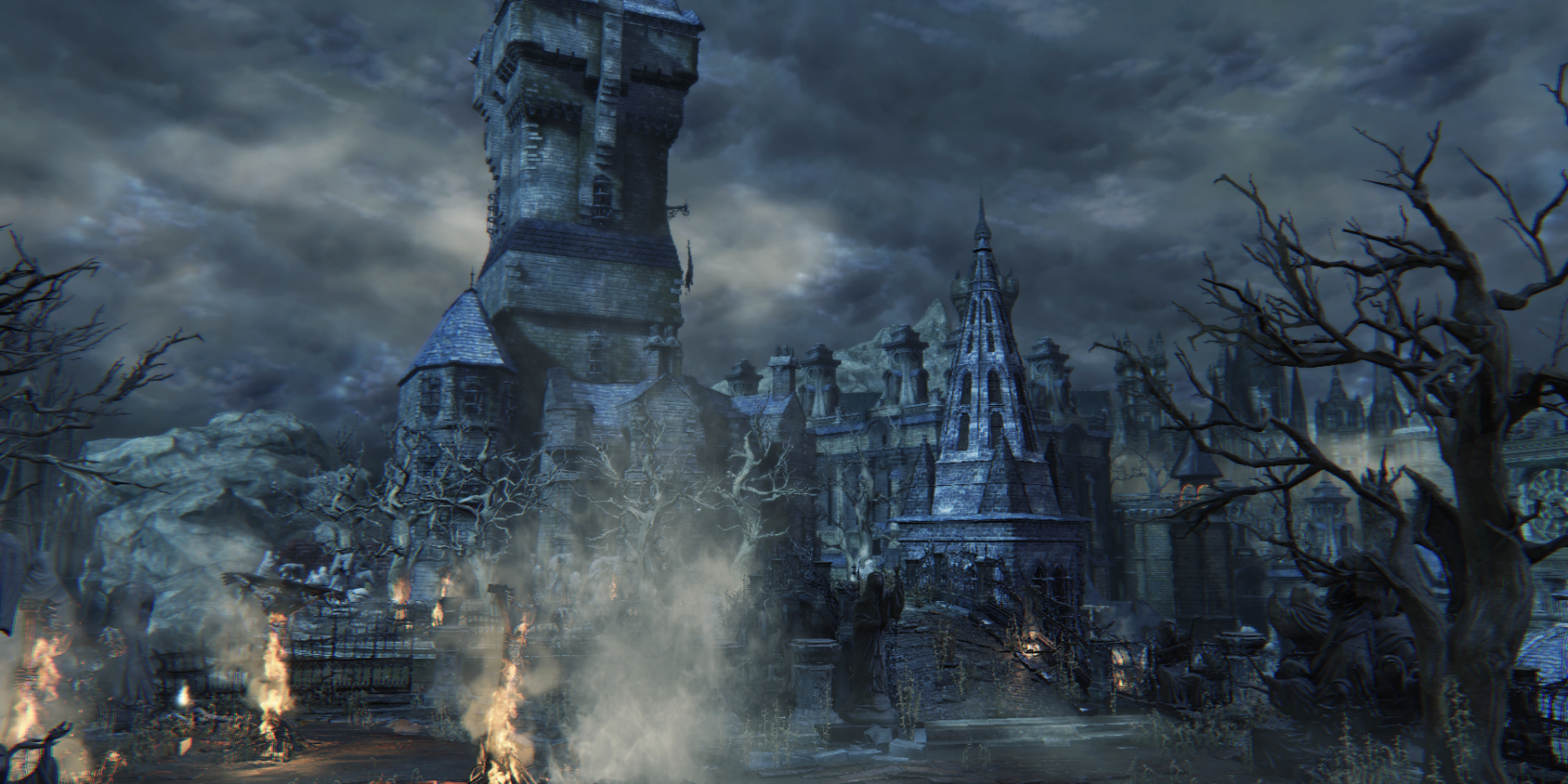Exploration in gaming has gone from being a unique mechanic only seen in a handful of games like the original Legend of Zelda to being an almost ever-present feature in major releases today. This is thanks to the rapid expansion of the gaming industry over the last few decades, where huge open-worlds featuring multiple towns and biomes are the norm.
Because of this, most major releases today have some form of a map feature to ensure that players don't get lost - and in some cases - to show the player where available quests and collectibles are. However, there are a handful of games that have decided against having a map, despite exploration being a requirement to finish the game. Although this may sound like an odd idea that will only lead to frustration, some development teams have managed to create worlds that are so well-designed that players can traverse them with little more than intuition.
The decision to exclude a map is a risky one, but when a world is designed well enough to be traversable without one, it can make the game far more immersive and the adventure more memorable.
5 Dark Souls
Dark Souls' absence of a map is one of the many aspects that made it one of, if not the most influential game on the seventh generation of home consoles.
Once players leave Dark Souls' tutorial area, the Undead Asylum, they are given complete freedom as to which direction they head in. For first-time players, this is incredibly jarring, as all they know is that they need to ring one bell up high and one down below, and the game gives little away in regards to what they should expect on their journey. Although this can make the game frustrating initially, especially if players decide to go to The Catacombs first, it will ultimately pay off if they persist.
Not only does the lack of a map give players a greater sense of adventure as they explore the game's vast range of environments, but it also makes them appreciate the game's meticulously designed interconnectivity. The interconnectivity is what makes Dark Souls' first half one of the strongest in gaming history, as the feeling of relief and amazement when opening a shortcut that loops back to the safety of a bonfire is unparalleled. The lack of a map also helps make Blightown one of the most infamous locations of the 2010s, as the further players descend, the more conscious they are that the Firelink Shrine bonfire is getting further and further away.
4 Death's Door
Death's Door was released in 2021 and soon drew comparisons to The Legend of Zelda and the aforementioned Dark Souls. Granted, almost every adventure game under the sun draws comparisons to Zelda and Dark Souls in some way or another, though it's still high praise that the game thoroughly deserved.
One of the key similarities between Dark Souls and Death's Door is that the developers, Acid Nerve, trusted that their game was designed well enough and had enough interconnectivity that players would have a richer experience without a map by developing a natural understanding of the world design and feeling immensely rewarded when opening a shortcut. Each time players successfully traverse one of the game's regions, they'll be thrown into one of its many excellent boss fights, which helped make Death's Door one of 2021's very best adventures.
3 Journey
Journey is an indie adventure game that was first released in 2012. The game keeps its cards close to its chest regarding the story, opting instead to trust that the player will recognize the large, looming mountain as the end-goal. Along with its beautiful art design, Journey is fondly remembered for its seamless online play, which partnered the player with others online without telling them that they were real people until the very end.
A map would have significantly harmed Journey for two main reasons. Firstly, it would ruin the player's immersion, as instead of trying to understand and become engrossed by the game world, they would spend much of their time looking at a map screen for how to get from A to B without paying attention to anything around them.
Secondly, it would make most players ignore their companions. First-time players will often rely on their online companion in hopes that they will guide them down the right path, which creates an interesting dynamic as the companion can either work with or against the first-timer, or two first-timers will try to work out the game together without being able to communicate with speech.
2 Subnautica
Subnautica kicks off with players crashing onto an alien planet and initially gives them next to no guidance. As players exit their escape pod, they will be greeted with two things: a crashed spaceship and a vast, seemingly endless ocean. Without anything being said, it's made obvious to players what their first objective should be: dive into the unknown waters and find a way to reach the ship.
Subnautica does an excellent job of playing with the player's emotions and making them feel truly stranded, as the ship will soon explode, and a rescue ship will also be shot down, making players feel as alone and isolated as possible. It will soon become clear to players that in order to reach valuable resources needed to leave the planet, they must travel either further or deeper into the alien ocean with no map to guide them.
Unfortunately, valuable resources aren't all that players will be greeted by, as the further they travel from their life pod, the more horrifying and dangerous the creatures lurking beneath the water become.
1 Bloodborne
Speaking of games that get scarier as the player journey's deeper - Bloodborne was developed by From Software, the same team that made Dark Souls and was released exclusively on the PlayStation 4 in 2015.
Like Dark Souls, the game opts for a "show don't tell" approach to its storytelling by tasking players with exploring its world and defeating enemies without directly telling the player why. As players dive further into Bloodborne's world, the further the game strays from Dark Souls' fantasy, and the more it leans into disturbing Lovecraftian horror. Although Bloodborne's interconnectivity is lacking compared to the original Dark Souls, its absence of a map is just as ingenious, as it ensures that players have no visual support as they descend further into the night's madness.

